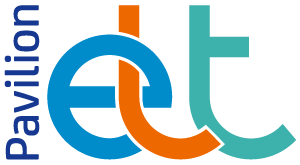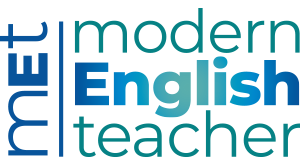In this series, Nicky Hockly explains aspects of technology which some people may be embarrassed to confess that they don’t really understand. In this article, she looks at Web 2.0 and how it is relevant to language teachers.
1. Web 2.0? I think I missed Web 1.0!
The internet has been around for several decades now, and in that time it has changed quite a bit. Think of a typical web page ten years ago, such as a company website, or an online article. You accessed the page, and read what was there – the page consisted of static content. This was Web 1.0 (pronounced ‘web one point oh’). In the last few years, though, there has been a shift towards user-generated content, that is, web content produced by the average internet user like you or me. This is Web 2.0 (‘web two point oh’). Think of blogs, or videos on YouTube, or photos on Flickr – the average internet user can easily create and upload contents to these sites. So when we talk about the change from Web 1.0 to Web 2.0, we are simply referring to the growth of user-generated content. Internet users today are not just consumers of content put on the web by someone else; they are now ‘prosumers’ – we both produce and consume webbased content. Of course, this doesn’t mean that Web 1.0 content has disappeared – it’s still there, and very useful it is, too!
2. Can you describe it to me in two sentences or fewer?
You produce all the content. They keep all the revenue. (This is a quote from http://bash.org/?779320, which sums it up nicely!)
3. Can you give some more examples of Web 1.0 versus Web 2.0?
Think of an online encyclopaedia, such as Encarta or the Encyclopaedia Britannica online. The contents of these encyclopaedias have been compiled by experts and are published online as a series of web pages. Now think of Wikipedia. The contents in Wikipedia are compiled by people like you and me – all you need to do to contribute to Wikipedia is to sign up for an account and you can then add or edit information there. The Encyclopaedia Britannica online is an example of the Web 1.0 approach; Wikipedia is an example of the Web 2.0 approach. We can draw the same distinction between a personal web page, in which you can include your biodata, publications, CV, etc, and compare that to your blog, which is regularly updated, is much more dynamic, and can allow readers to comment and interact with you. Web 2.0 is not necessarily ‘better’ than Web 1.0 – there is a place for both in our lives.
4. What has it got to do with language teachers?
With Web 2.0 tools, teachers and students can now produce content for the internet. As we saw in ETp issue 63, you and your students can set up blogs. You can also use other Web 2.0 tools such as podcasting, online slideshows, or wikis to create internet-based content with your students. Getting your students to use Web 2.0 tools is hugely motivating for them for a number of reasons. They get to use up-to-date internet-based technologies, some of which they may already use in their personal lives. By publishing content on the internet, they potentially have a worldwide audience, and they will be that much keener to produce good quality work. You can also make contact with other teachers from around the world (for example via online teachers’ networks*) and set up online projects with them to encourage your students to visit and comment on the blogs, podcasts, cartoons, slideshows, and so on of a class in another country.
5. What about Web 2.0 and me? How do I get started?
- Web 2.0 is all about user-generated content, so you need to start by generating some content!
- You could set up a personal blog, which could serve as a model for your students to then set up their own blogs.
- You could get your students to create a guide to your city or town in a class wiki.
- You could even get them to research a topic and contribute to the Simple English Wikipedia (http://simple.wikipedia.org)!
-
Your younger students may already be using Web 2.0 tools, and uploading videos taken on their mobile phones to YouTube, or they may have their own blogs or Facebook accounts. A very good starting point is to ask your students about their own digital lives!
* One of the most active and effective online teachers’ networks I know of is the Webheads community (www.webheads.info).
Nicky Hockly has been involved in EFL teaching and teacher training since 1987. She is Director of Pedagogy of The Consultants-E, an online training and development consultancy. Nicky is co-author of How to Teach English with Technology, published by Longman, which won the 2007 Ben Warren Prize.
This article first appeared in English Teaching Professional, Issue 61, 2009



